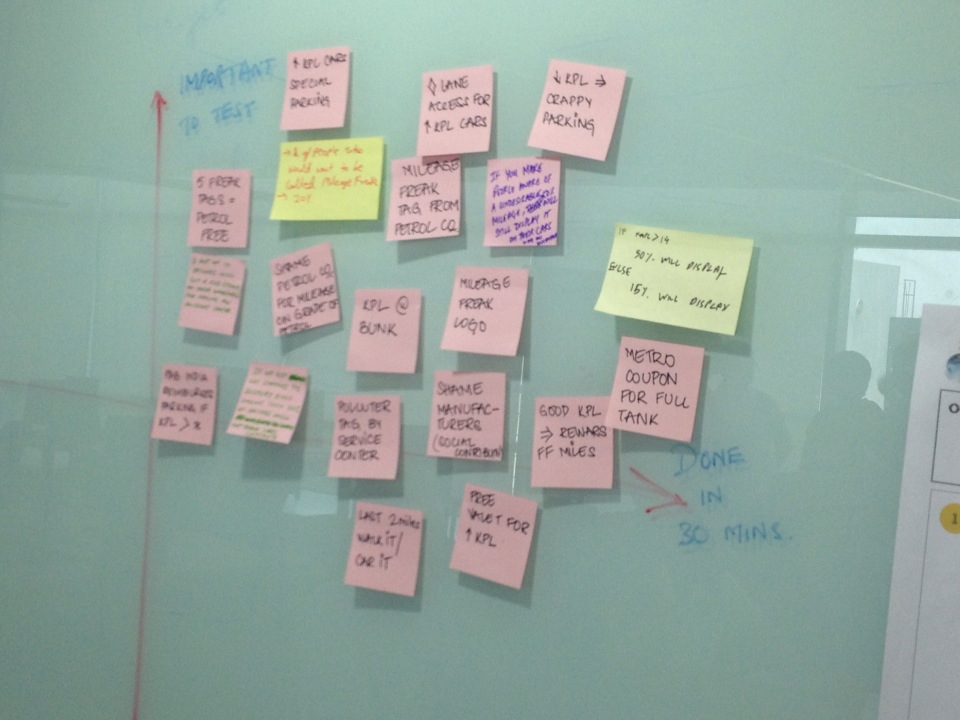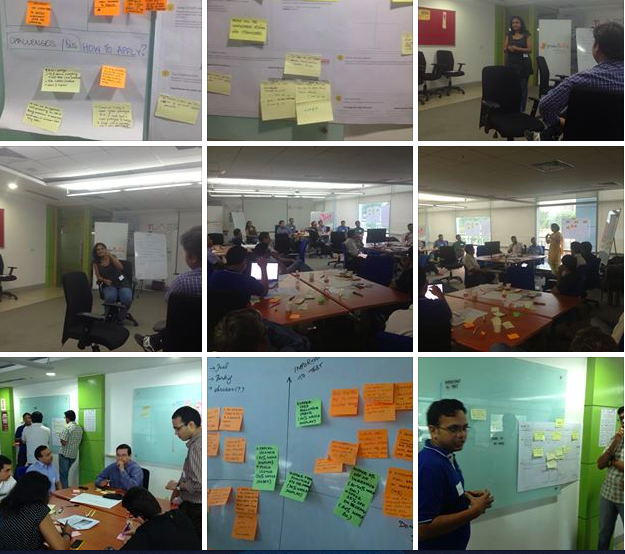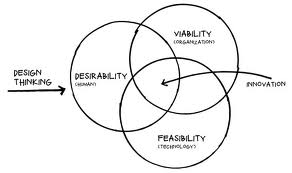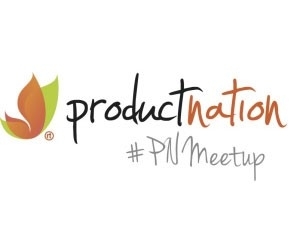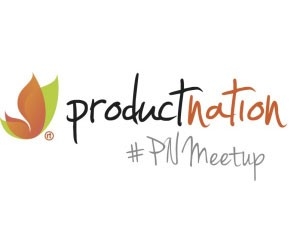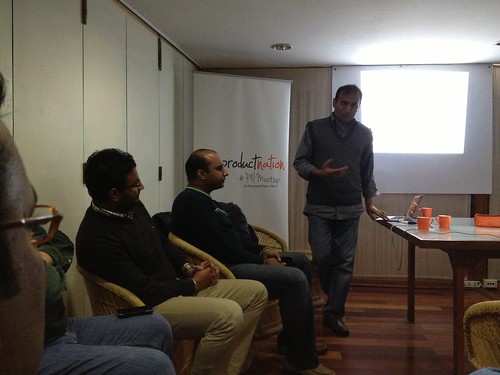Yesterday afternoon, we hosted our first Open House Session in partnership with Swasth Alliance on the National Health Stack (NHS). For those unfamiliar with this infrastructure, it is helpful to picture the NHS as a multi-layer cake designed to elevate the capacity of the Indian healthcare ecosystem.
At the base layer is a set of generic building blocks. These building blocks, which include bank accounts, digital identities, and mobile numbers, form the basic rails needed to identify, transact with, and communicate with individuals and businesses. Many components of IndiaStack – such as eSign and DigiLocker – leverage and augment these building blocks.
The next layer of the NHS is the ‘plumbing layer’. This layer contains fundamental pillars needed to enable simple, intelligent, and secure healthcare solutions. The three main pillars of the NHS plumbing layer are electronic registries, a personal health record framework, and a claims engine. A brief summary of these pillars is provided below:
- Electronic Registries: these registries allow for efficient discovery and authentication of doctors, hospitals, and other healthcare providers
- Personal Health Records System (PHR): a system that allows individuals to enjoy a longitudinal view of all their healthcare data and exercise granular control over how this data is stored and accessed
- Claims Engine: a software engine that reduces the cost of processing insurance claims, enabling insurers to cover more kinds of healthcare procedures, such as preventive checkups, walk-in consultations, and other low-cost but high-value procedures that are currently excluded from Indian insurance policies
The third layer of the NHS is an augmentation layer which is intended to utilize the three pillars of the NHS to bring greater efficiency to the Indian healthcare ecosystem. The doctor: patient ratio in this country is relatively low, and cannot be changed overnight.
Having said that, increasing the efficiency of each doctor would have a similar effect to increasing this doctor: patient ratio. The augmentation layer of the NHS is designed to drive up doctor efficiency through the use of technology. Examples of this kind of technology could include a matching engine to pair patients with the most relevant doctor, or a system to help doctors securely and remotely monitor the bio-markers of their patients. Unlike the plumbing layer, the augmentation layer of the NHS is not close to completion, but we do envisage the augmentation layer playing an important role in the ascent of Indian healthcare quality. Both the plumbing layer and the augmentation layer are designed as open, standardized interfaces. These layers serve as digital public infrastructure accessible to public and private entities wishing to build atop them.
That brings us to the fourth and final layer of the NHS: the application layer. This layer comprises all the government and private sector applications that aim to serve the diverse needs of Indian patients. The first three layers of the NHS exist so that the innovators and change-makers of the fourth layer are optimally empowered to organize, access, and process the data that they need to deliver the best service to their users.
The first session on the NHS followed this schedule and published the entire webinar on our official Youtube channel:
- An introduction to iSPIRT and our values
- An overview of the NHS
- A deep-dive into and demonstration of the PHR pillar of the plumbing layer
- A question-answer session with the audience
The objective of the session was to drive awareness of the NHS components, objectives, timelines, and design philosophies. We want participants from all walks of healthcare to be engaged with the NHS and take part in building it.
In keeping with this objective, we will be hosting weekly open house sessions to keep diving deeper into the National Health Stack. The next such event will take place on Saturday (30th May) at 11:30 am. The focus of this second session will be on another pillar of the plumbing layer – the electronic registry system. More specifically, the session will focus upon the doctor registry.
Readers who wish to learn more about the NHS are encouraged to share this post and sign up now for the session below or click here.
Readers may also submit questions about the NHS to [email protected] We shall do our best to answer these questions during next Saturday’s open house discussion.
About the Author: The post is co-authored by our volunteers Aaryaman Vir, Siddharth Shetty and Karthik K S.
Further Reading
- National Health Stack by NITI Aayog: https://niti.gov.in/writereaddata/files/document_publication/NHS-Strategy-and-Approach-Document-for-consultation.pdf
- Holistic Health Leapfrog: https://pn.ispirt.in/towards-a-holistic-healthcare-ecosystem/
- What does the Health Stack mean for you? https://pn.ispirt.in/what-does-the-health-stack-mean-for-you/
- Federated Personal Health Records: https://pn.ispirt.in/5-what-is-the-federated-phr-component-of-the-health-stack/
- Data Empowerment & Protection Architecture: https://www.youtube.com/watch?v=mW__azI8_ow
- Care Intermediaries: https://pn.ispirt.in/7-healthcare-leapfrog-but-where-is-the-problem/
- Personal Health Record Specifications: https://projecteka.github.io/content/documentation.html
- Open Health Services Network Specifications: https://developers.beckn.org/Healthcare






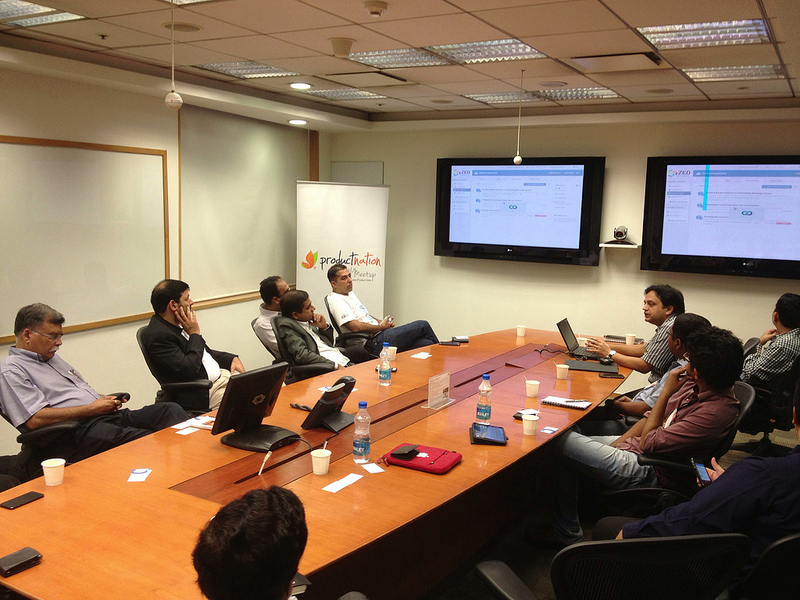

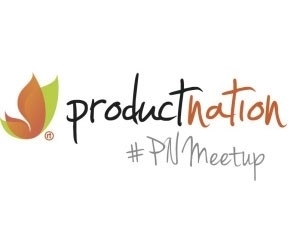
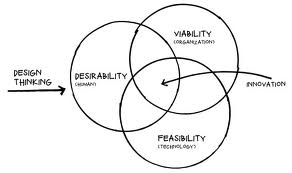
 In this time of volatility and complexity, the role of design to drive meaningful innovation and change is growing and while there are multitude of factors that need to be taken into consideration for a product design that is desirable, feasible & viable the design thinking process can help overcome these product characteristics.
In this time of volatility and complexity, the role of design to drive meaningful innovation and change is growing and while there are multitude of factors that need to be taken into consideration for a product design that is desirable, feasible & viable the design thinking process can help overcome these product characteristics.
 Altogether, #Design thinking event saw noteworthy achievement with 40+ design thinkers joining us from NCR and could leverage the platform listening some inspirational talks from speakers and meeting few like minded folks around. Had participant mix from passionate startup entrepreneurs to designers & dev engineers. Audience was glued to program embracing the talks & interactive workshop from functional experts in domain.
Altogether, #Design thinking event saw noteworthy achievement with 40+ design thinkers joining us from NCR and could leverage the platform listening some inspirational talks from speakers and meeting few like minded folks around. Had participant mix from passionate startup entrepreneurs to designers & dev engineers. Audience was glued to program embracing the talks & interactive workshop from functional experts in domain.